
6 Common Store Layout Mistakes Made by Retailers
by zhoosh_admin | December 22, 2022
Every business owner and manager makes mistakes. In most situations, you can correct your errors easily without severe consequences. However, the same cannot always be said for retailers creating their store layouts.
While most mistakes are made due to inexperience, there can be real-world consequences, like dissatisfied customers, reduced profits, and general poor aesthetics. If you’re in the process of planning a new retail store and want to ensure it meets your employee and customer needs, avoid doing some of the following things.
Not Relying on the Experts
You might be an expert at managing your store, but that doesn’t always make you a retail design expert. Rely on commercial interior fitout experts like Zoosh Studio to avoid some of the most common store layout mistakes.
Commercial interior fitout experts can be involved in the store layout process from start to finish, including designing the interior and even building it from the ground up.
Those same experts can generally also help with:
- Consultation and planning before a project begins
- Interior design and colour consultation
- Architectural design
- Specifications and project scope
- Fire, structural, and HVAC engineering
- Council consent management
They can be involved in the store layout process from start to finish, designing the interior and building them for you.
Making Aisles Too Narrow
It’s only natural to want to maximise the available space, especially when you have an abundance of exciting products to sell. However, don’t let it get to the point where you’re cramming everything into the space, making it overwhelming for shoppers and challenging to navigate.
While designing your store layout, ensure your customers have plenty of ‘breathing’ room. This can involve ensuring aisles are at least 1.5m wide.
Not Making Your Retail Layout Accessible
According to the Ministry of Health, 1.1 million Kiwis are disabled, but not all business owners consider accessibility when planning their store layout. Ensure your business is inclusive by designing your store to be accessible for all.
This can involve making entrances wide, clear, and free of obstacles. There should also be at least 1.2m of clear space on each side of your entrance. Entrances should be level to ensure people using wheeled mobility aids don’t roll forward or back and are at least 81cm wide.
If your business has doors that customers need to open or close themselves, ensure the door pressure is no more than 3.6kg for external non-fire doors and 2.26kg for internal non-fire doors.
Allow at least 1.2-1.5m around displays for mobility scooters and wheelchairs to enjoy an easy turning circle, and consider the use of low counters set at 1.2m for people in seated mobility aids to access with ease. You might even consider a two-tiered counter with a higher and lower section.
If you’re in the clothing business, it’s also worth putting thought into the layout and design of your dressing rooms. The floor area must allow for a turning radius of at least 1.5m, with coat hooks set at 1-1.35m. Ensure doors swing out and, if they don’t, allow extra floor space within the dressing room.
Having Mismatched Shelving
When all your attention is on colours, products, and layout, it’s easy to let storage systems, like shelves, tables, and racks, fall by the wayside. You might even decide to use a combination of different rack systems to save money.
However, mismatched shelving is a serious mistake to make, and your customers will notice. Mismatched shelves can make your retail store look disorganized and cluttered. If you have mismatched storage systems, ensure they aren’t positioned near each other.
Not Prioritising Lighting
Lighting is about more than making sure customers can see what you’re selling. It can be about putting customers in the mood to shop and showing your wares in the most flattering light.
Believe it or not, there is no one-size-fits-all approach to lighting, as some lighting types can suit some stores better than others. For example, dim lighting can be romantic and intimate in a boutique, but it’s less appropriate for a pharmacy, where bright lights tend to be more suitable.
According to studies, cool white light makes stores appear more spacious, while warm colour temperatures evoke a sense of cosiness and familiarity. Before you make your final decision, consider the options you have at your disposal.
You might look at ambient lighting, which sets the mood in an entire store, or accent lighting, which draws customer attention to specific products. High-activity lighting is also essential, as it eliminates dark, shadowy corners.
Not Embracing Variety
Many stores maintain the same retail layout permanently. After all, why fix what’s not broke? However, changing your displays and refreshing the layout can pique customer curiosity and might even encourage them to make purchases.
Use display furniture that you can change up as your products change, such as shelving, platforms, and tables. The easier it is to move these around and adjust them for new stock, the more straightforward it can be to set up new displays and create visual interest.
Avoid Store Layout Mistakes By Getting the Experts Involved
Kiwis are the masters of DIY and love getting stuck into a project without relying on experts. However, navigating a new retail store layout on your own can have disastrous consequences.
Avoid ending up with a cluttered, unattractive, and inaccessible retail store by requesting expert help. Retail fitout experts Zhoosh can’t wait to work with you to create a retail environment you and your customers will adore.
FAQs
How can retailers use lighting to create the right atmosphere and showcase their products effectively?
Retailers can use different types of lighting, such as ambient, task, and accent lighting, to create a comfortable and inviting atmosphere and highlight the best features of their products.
How wide should aisles be in a retail store to ensure customers have enough space to navigate?
The width of aisles in a retail store should be at least 3 feet to ensure that customers have enough space to navigate comfortably and safely.
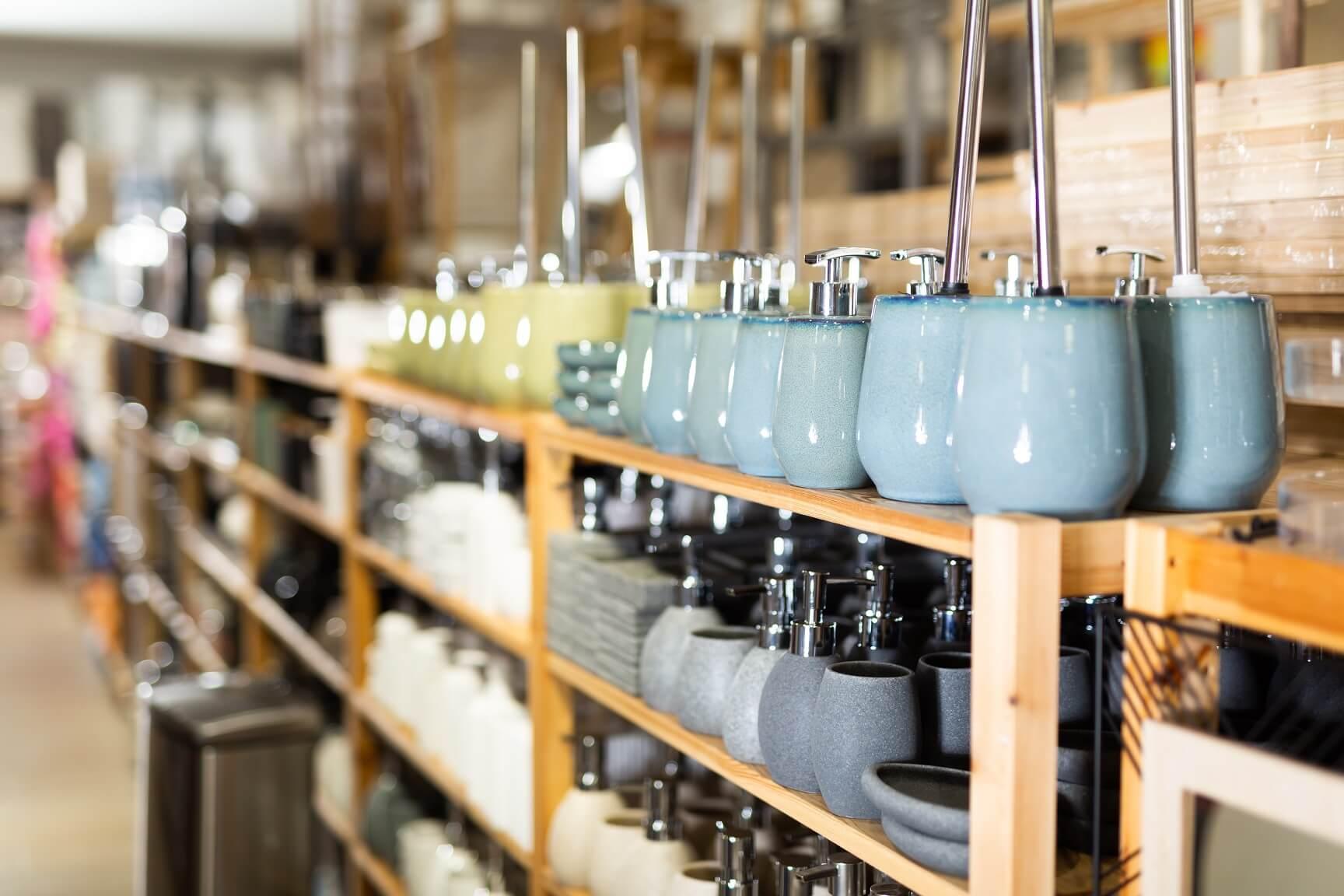
Best Shelving Design and Layout for Large Retail Stores
by zhoosh_admin | Sep 5, 2022

Trying to Reduce Retail Fit-Out Costs in NZ? Here’s How to Do It
by zhoosh_admin | Nov 23, 2022

Things To Consider When Planning A Building Rennovation
by Sam Frost | Nov 27, 2019
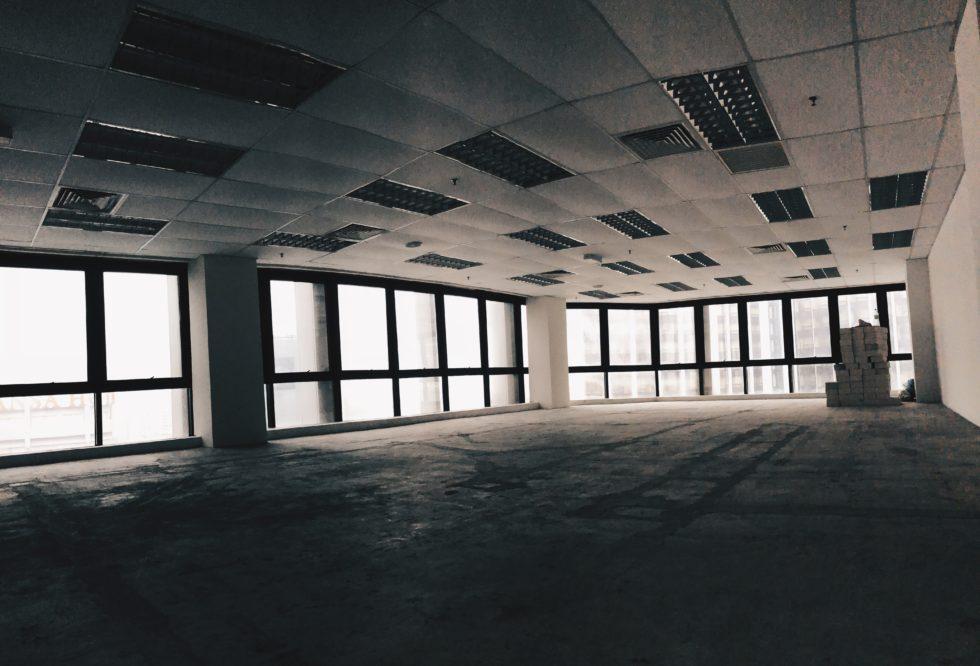
Cost-Effective End of Lease Office Make Good & Strip out Options
by zhoosh_admin | Apr 19, 2020

Safety and Comfort: Design Strategies for a Patient-Centered Healthcare Spaces
by zhoosh_admin | April 13, 2023

Retail Store Design Changes We’re Seeing Overseas
by zhoosh_admin | Oct 25, 2022
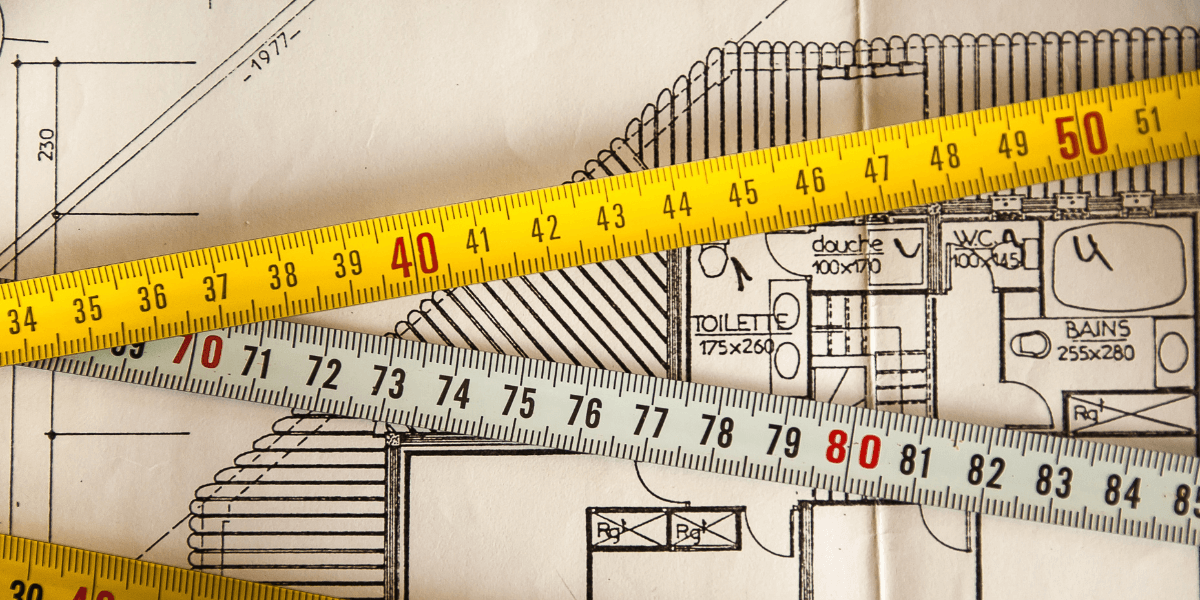
How Does the Design and Build Process Work?
by zhoosh_admin | May 31, 2023

6 Important Elements in Retail Store Design
by zhoosh_admin | May 23, 2022

Integrating Your Brand into Your Commercial and Retail Environments
by zhoosh_admin | February 22, 2023

Where Innovation Meets Functionality in Commercial Design
by zhoosh_admin | August 22, 2023

The Evolution of the Retail Store: eCommerce Is Changing Brick-and-Mortar Stores
by zhoosh_admin | Sep 30, 2022

What Do Customers Want In a Retail Store?
by zhoosh_admin | Jul 20, 2022
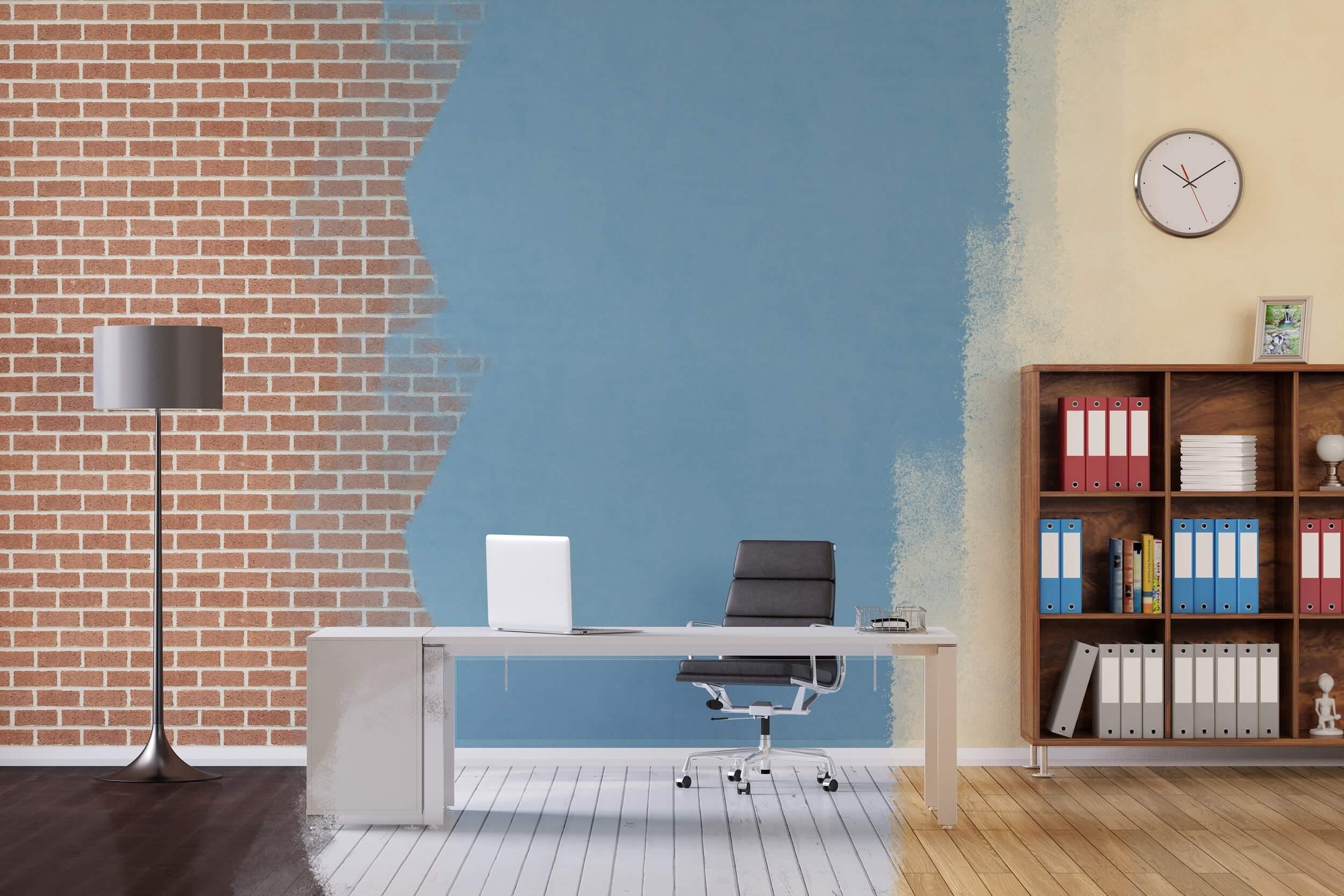
Signs It’s Time to Refurbish Your Commercial Space
by zhoosh_admin | Dec 20, 2021
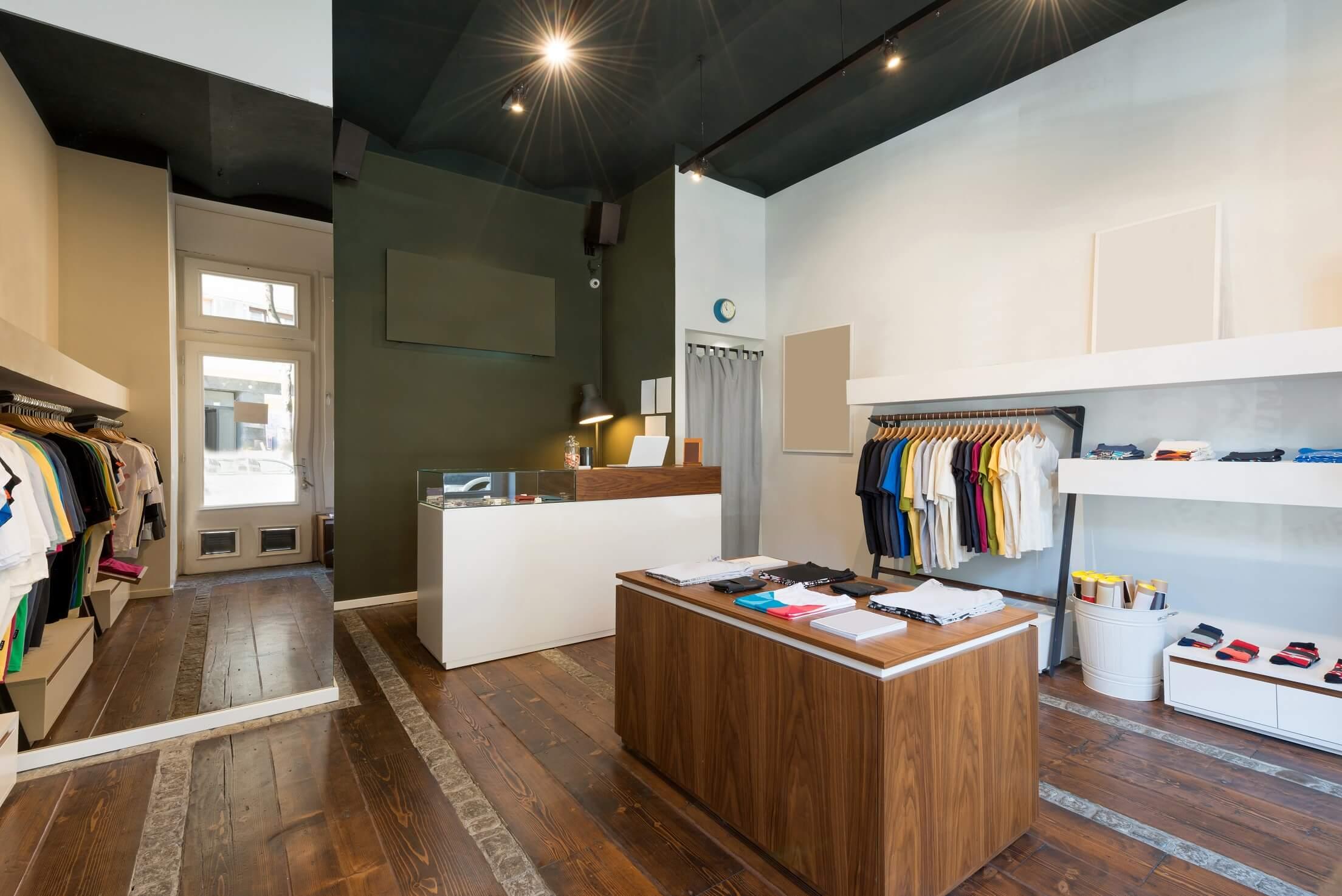
Best Commercial Fit-out Tips to Boost Retail Sales
by zhoosh_admin | Mar 22, 2022

The Post-COVID-19 Office Interior
by zhoosh_admin | Oct 27, 2021
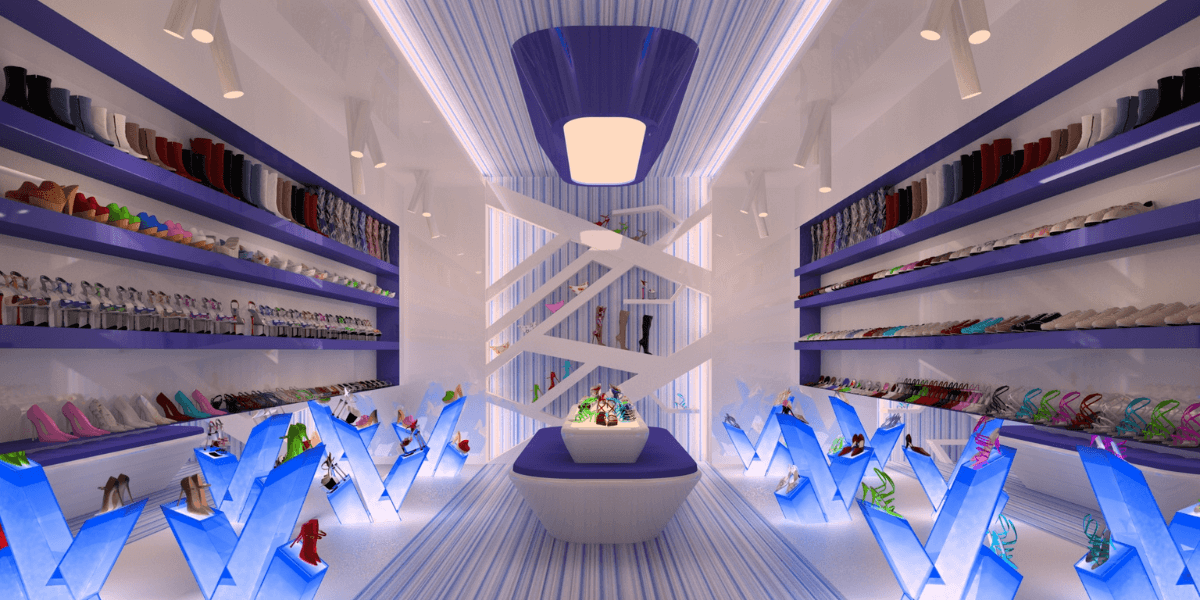
The Future of Retail Design: Innovative Trends for 2023
by zhoosh_admin | May 31, 2023

Designing for the Hybrid Workforce & Adapting Office Spaces
by zhoosh_admin | June 30, 2023
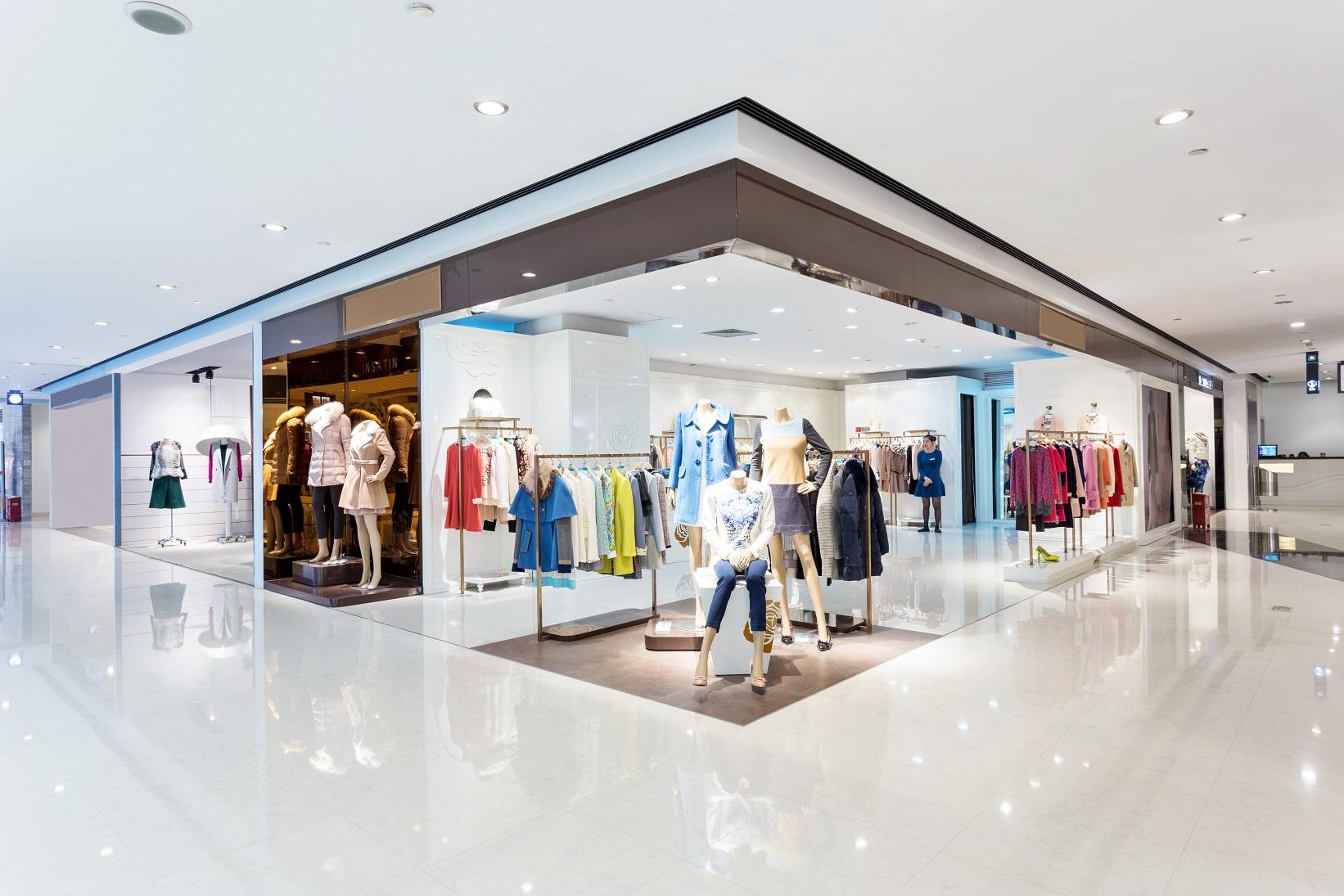
Your Guide to Commercial Interior Design in NZ
by zhoosh_admin | Jun 20, 2022

Crafting Custom Healthcare Interiors with Expert Fitouts
by zhoosh_admin | August 22, 2023

How much does it cost to refurbish an aged care interior?
by zhoosh_admin | Apr 13, 2020
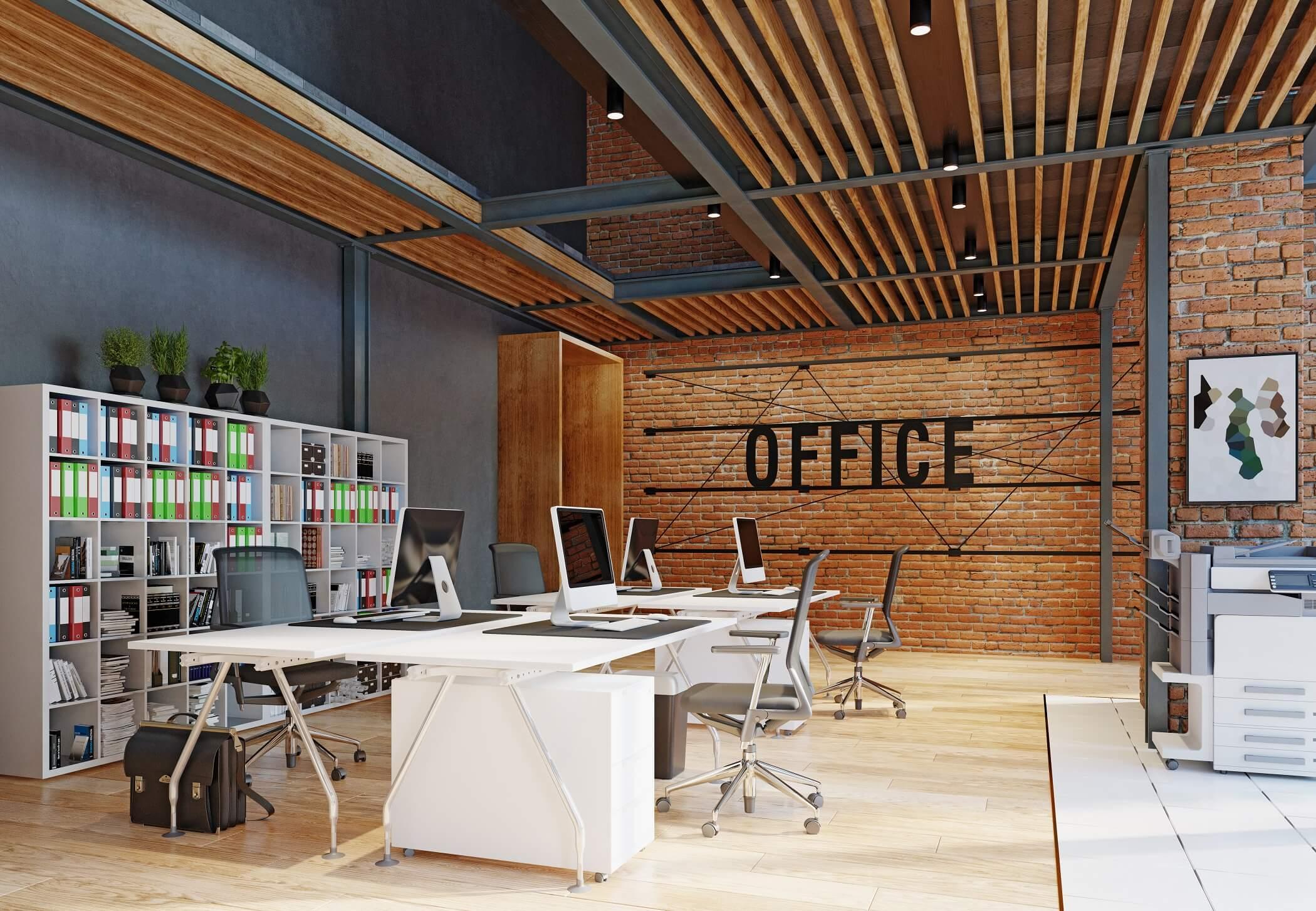
Innovative Office Design to Promote Productivity
by zhoosh_admin | Nov 22, 2021

Office Acoustics: Design Strategies for Noise Reduction and Productivity
by zhoosh_admin | June 30, 2023

What to look for when looking for construction companies in Hamilton.
by zhoosh_admin | May 6, 2020

Auckland Construction Company
by zhoosh_admin | May 6, 2020
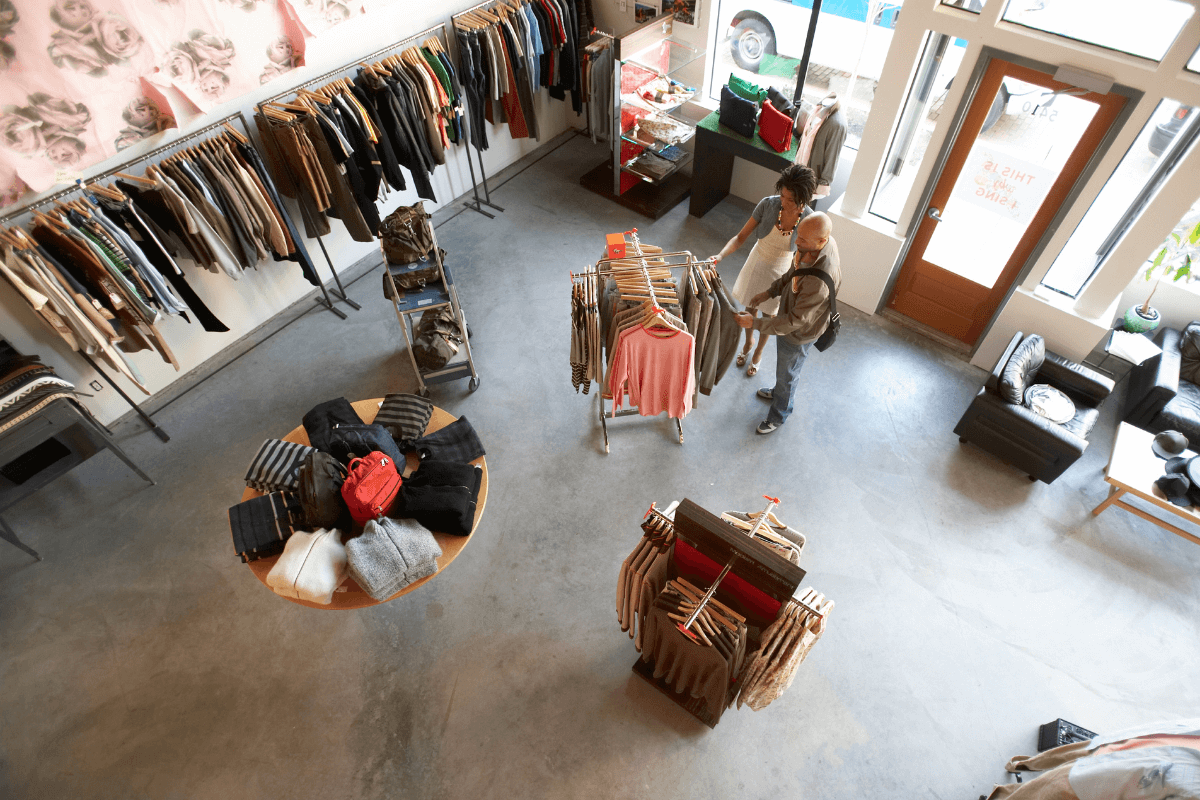
Maximising Space: Tips for Small Retail Store Layouts
by zhoosh_admin | March 24, 2023

What is ‘Store Within a Store’ Retail Design?
by zhoosh_admin | September 1, 2023
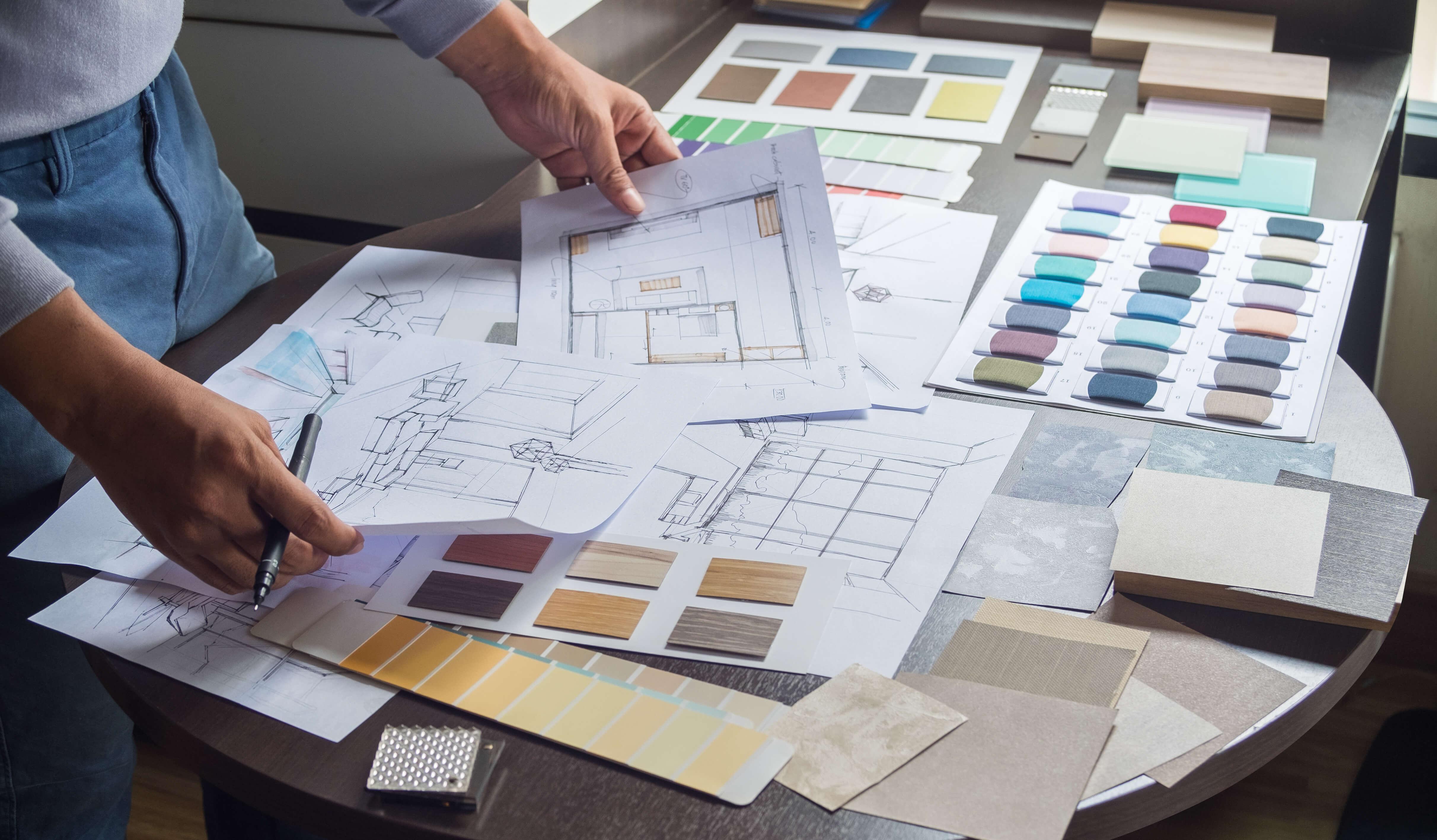
Transforming Your Office Space: How to Integrate Sustainability into Your Interior Design
by zhoosh_admin | January 22, 2023

Is design – build office refurbishments a good idea?
by zhoosh_admin | Jul 3, 2020

Cyclone Gabrielle: Essential Steps for Businesses in the Aftermath
by zhoosh_admin | February 27, 2023
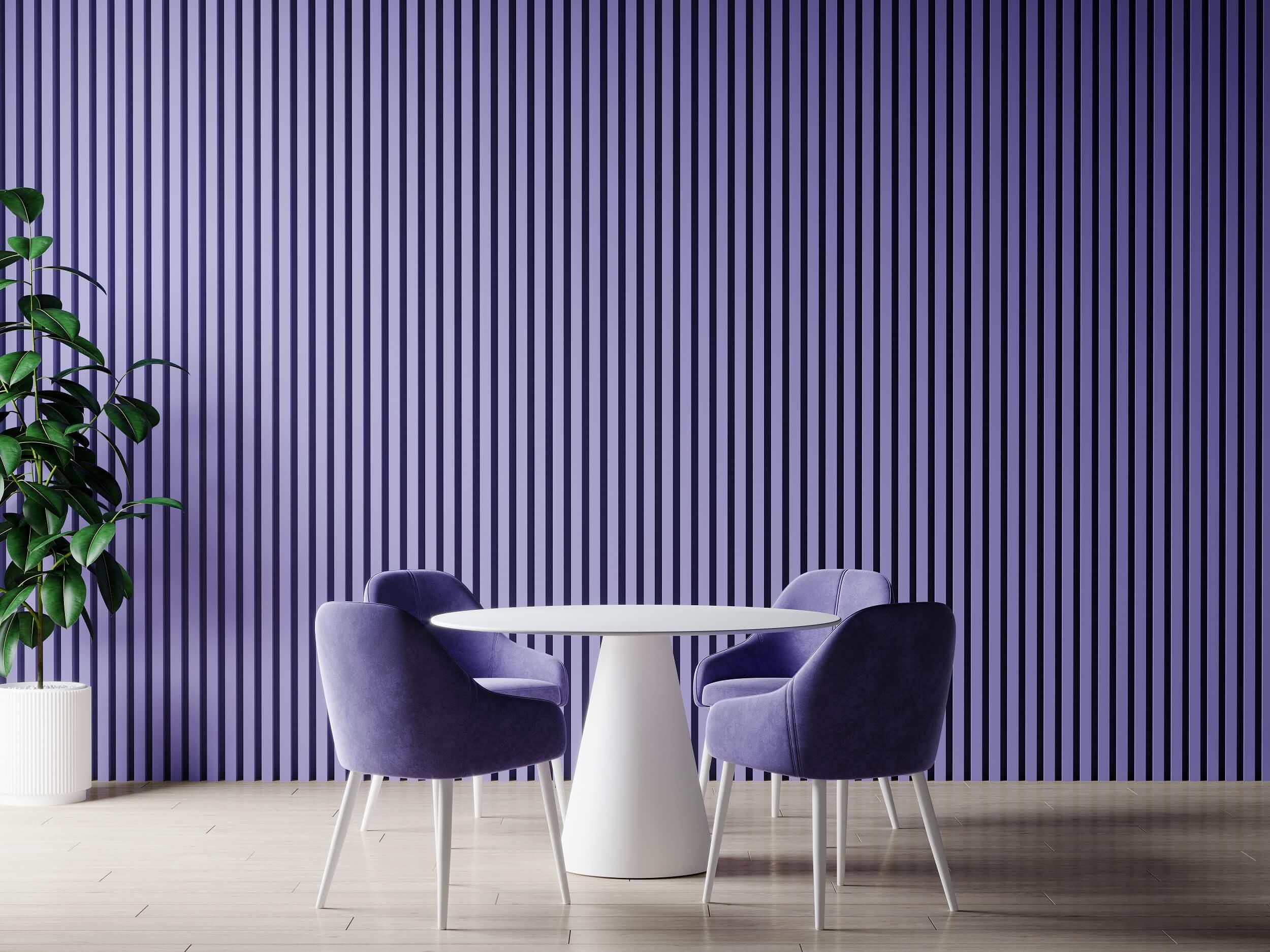
Corporate Interior Trends of 2022
by zhoosh_admin | Jan 31, 2022

Office Refurbishment & Fit-out Costs.
by zhoosh_admin | Nov 14, 2019

Cost-effective interior construction
by zhoosh_admin | Sep 21, 2020

Large Format Retail Store Design Ideas to Impress Your Customers and Clients
by zhoosh_admin | May 23, 2022
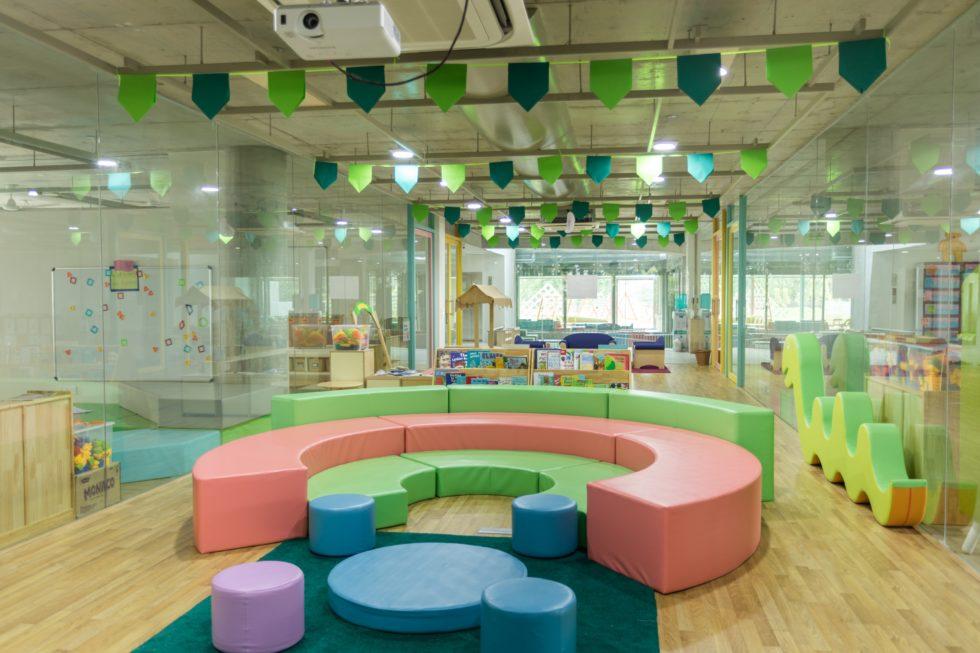
6 steps to an innovative learning environment at your school
by zhoosh_admin | Apr 30, 2020
Auckland
660-670 Great South Road
Ellerslie
Auckland 1051
0800 753 583
09 553 4552
hello@zooshstudio.co.nz
Christchurch
Unit 8, 19 William Lewis Drive
Harewood
Christchurch 8051
0800 753 583
03 244 0365
hello@zooshstudio.co.nz